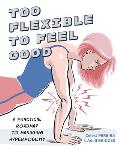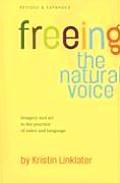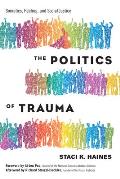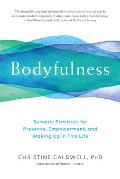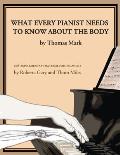
Recommended to me by: Reading What Every Singer Needs to Know about the Body
I bought this book around the time I studied piano for a year in 2015, but never got around to reading it. I got rid of it along with two bike trailer loads of books at Powells before leaving Portland. Now in 2024 I’m learning piano again with renewed interest, so I got the book from inter-library loan and gave it a try.
What Every Singer Needs to Know about the Body is very dense and technical. I read it a few pages at a time. I expected the piano book to be similarly dense. Instead, it is more accessibly written and covers some of the same material as What Every Musician Needs to Know about the Body, so I could read it a chapter or two at time.
It was useful to see the general material about balance and alignment in the body again. I’m starting to sense my AO joint that supports the base of my skull, and understand what it might mean to free my neck instead of pulling my head down. I’m still trying to sense the weight-supporting part of my lumbar spine curving up through the center of my body.
This book talks a lot about freeing the arms and integrating their movement with the whole body, since the arms (not just the fingers) play the piano. Most of what we think of as back and chest muscles are really arm muscles, originating on the torso and attaching to the shoulder blade and humerus.
I appreciated the exercise to find balance for the collarbone and shoulder blade position. Pull them up, then slowly allow them to release down until there’s no muscular effort. Pull them down and then slowly release up. Pull them forward and slowly release back. Pull them back and slowly release forward. I want to do that at the beginning of practice sessions. (Described at about 1:15:00 in the video linked below.)
You can think of the forearm and hand having a shallow arch, with the keystone at the wrist. Lead with the head and reach with your whole spine when leaning toward the top or bottom notes of the keyboard.
It also had revelatory material about the piano itself. To play louder, press the keys faster to “throw” the little hammer at the string more strongly. To play softer, press the keys more slowly. I was having trouble figuring out loud and soft, and this explains it. Also, once a key’s descent triggers that hammer throw, continuing to push hard on it will have no effect on the sound. Releasing the key does release the damper to end the sound.
Of all the books I got rid of, this is one I will buy again, because it’s useful to me now, and I’m going to want to come back to the material.
It has material for organists too, which was interesting even though less directly useful to me. I had no idea playing the organ was such an athletic whole-body activity.
Highly recommended for pianists and organists!
I also got rid of the companion video, and I found it again on the Internet Archive! What Every Pianist Needs to Know about the Body (2 hour video) by Thomas Mark. Also highly recommended. It’s illuminating to see his demonstrations of moving in balance, and some of the ways to be out of balance.

